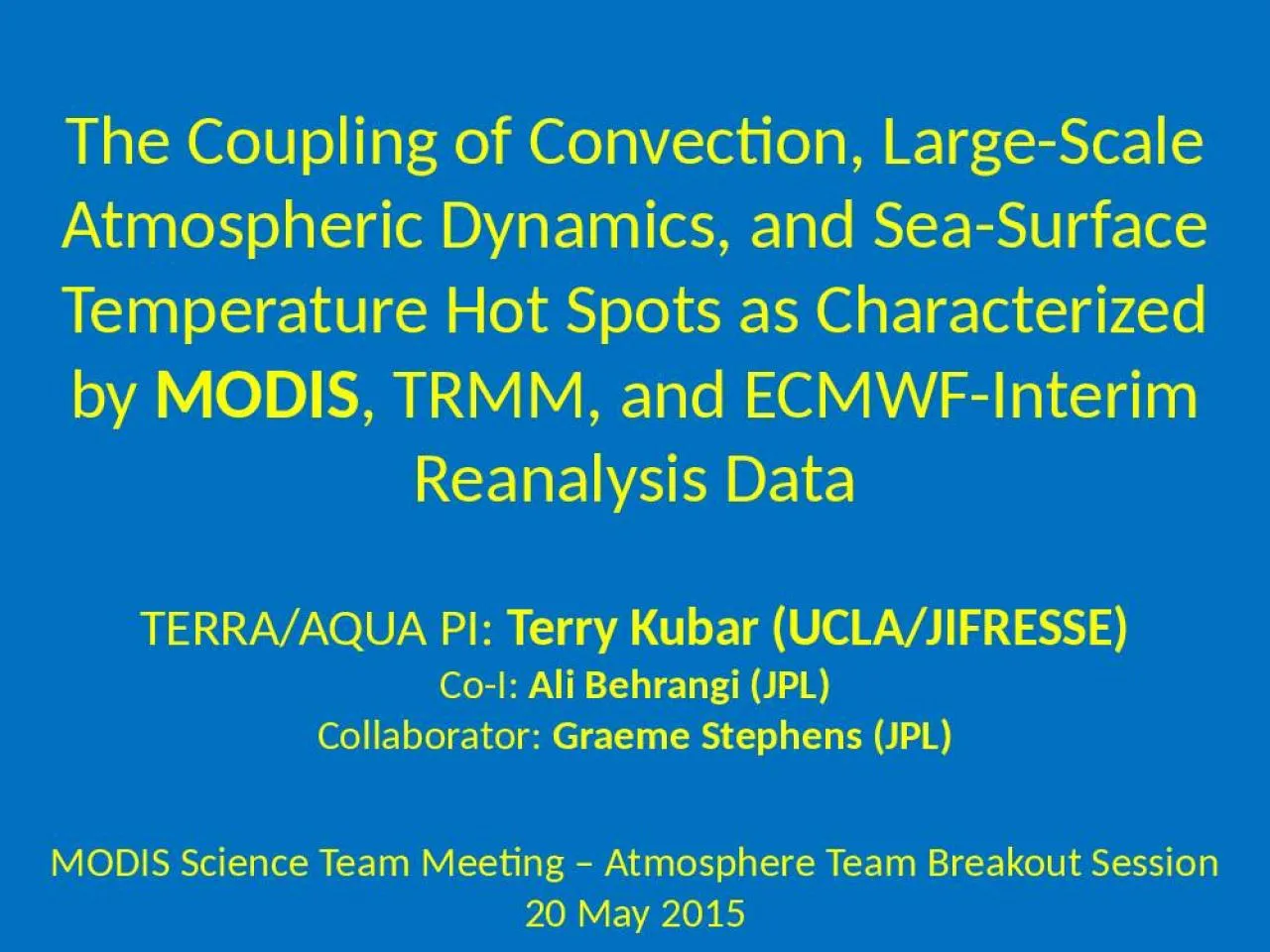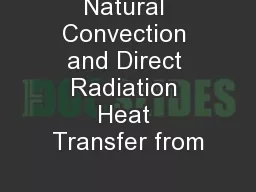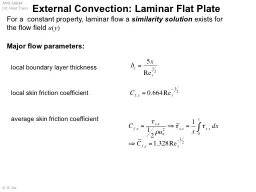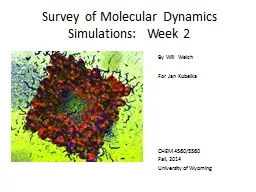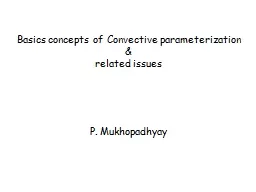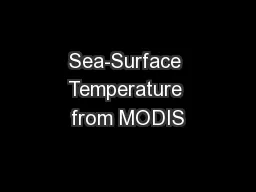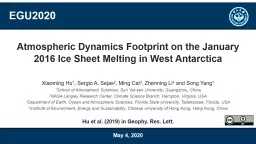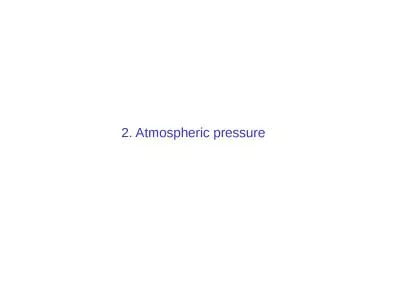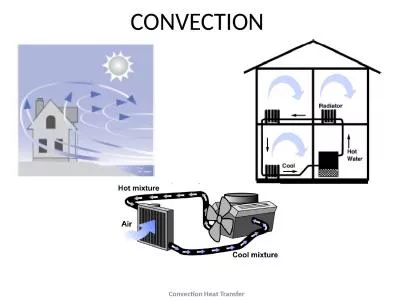PPT-The Coupling of Convection, Large-Scale Atmospheric Dynamics, and Sea-Surface Temperature
Author : lucy | Published Date : 2022-02-15
MODIS TRMM and ECMWFInterim Reanalysis Data TERRAAQUA PI Terry Kubar UCLAJIFRESSE CoI Ali Behrangi JPL Collaborator Graeme Stephens JPL MODIS Science Team Meeting
Presentation Embed Code
Download Presentation
Download Presentation The PPT/PDF document "The Coupling of Convection, Large-Scale ..." is the property of its rightful owner. Permission is granted to download and print the materials on this website for personal, non-commercial use only, and to display it on your personal computer provided you do not modify the materials and that you retain all copyright notices contained in the materials. By downloading content from our website, you accept the terms of this agreement.
The Coupling of Convection, Large-Scale Atmospheric Dynamics, and Sea-Surface Temperature: Transcript
Download Rules Of Document
"The Coupling of Convection, Large-Scale Atmospheric Dynamics, and Sea-Surface Temperature"The content belongs to its owner. You may download and print it for personal use, without modification, and keep all copyright notices. By downloading, you agree to these terms.
Related Documents

